Though fascinating to the policy wonks among us, transportation planning can seem impenetrable to people who are unfamiliar with the nitty-gritty specifics of the industry. Here at BikePortland, we spend a lot of time thinking about how to convey this complex information in an interesting and digestible way because you shouldn’t need to be an infrastructure expert to know why planning decisions are so important.
This is something researchers at Portland State University’s National Institute for Transportation and Communities (NITC) have been thinking about too. In the end, they put their heads together with members of PSU’s Comic Studies department (yes they really do have one) and came up with the novel idea to convey planning policies in comic book form.
You can now check out the finished product: a 20-page comic called “Moving From Cars to People” written by Kelly Clifton of the University of British Columbia (and formerly PSU), Kristina Currans of the University of Arizona, and illustrated by PSU Master of Fine Arts student Joaquin Golez. The book was edited by PSU Comic Studies Program Director Susan Kirtley and Portland illustrator Ryan Alexander-Tanner.


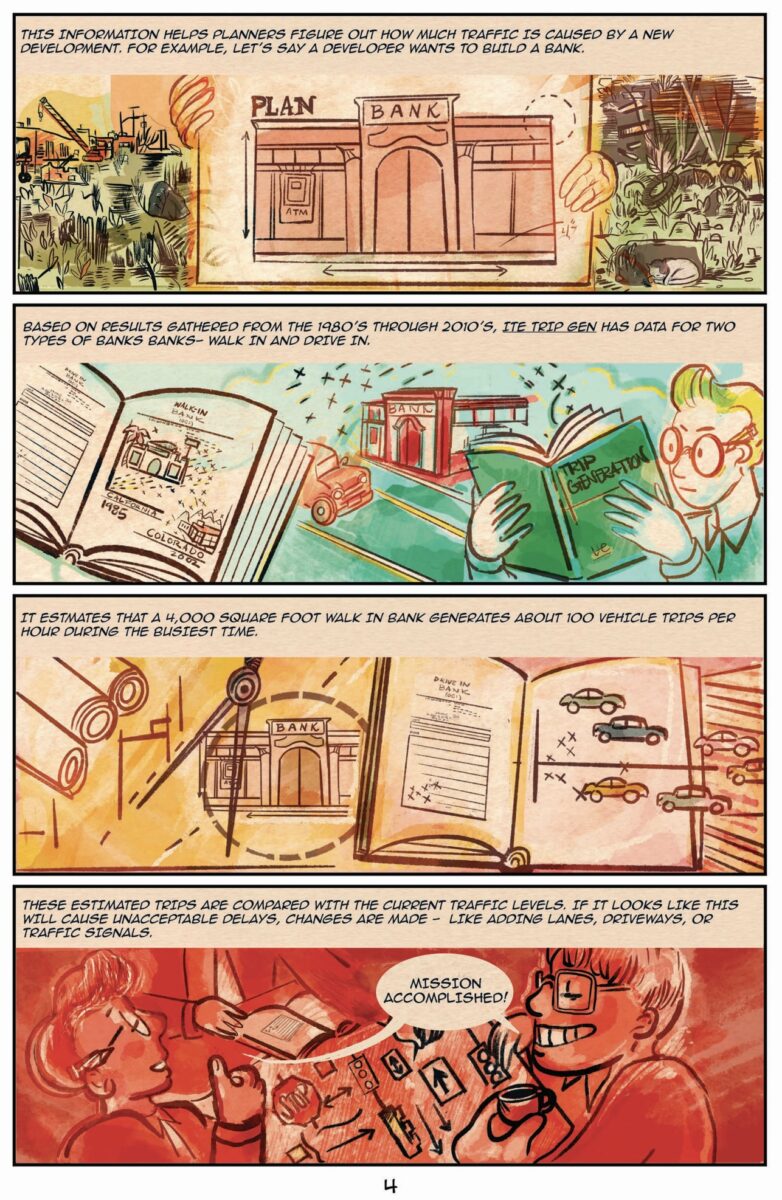

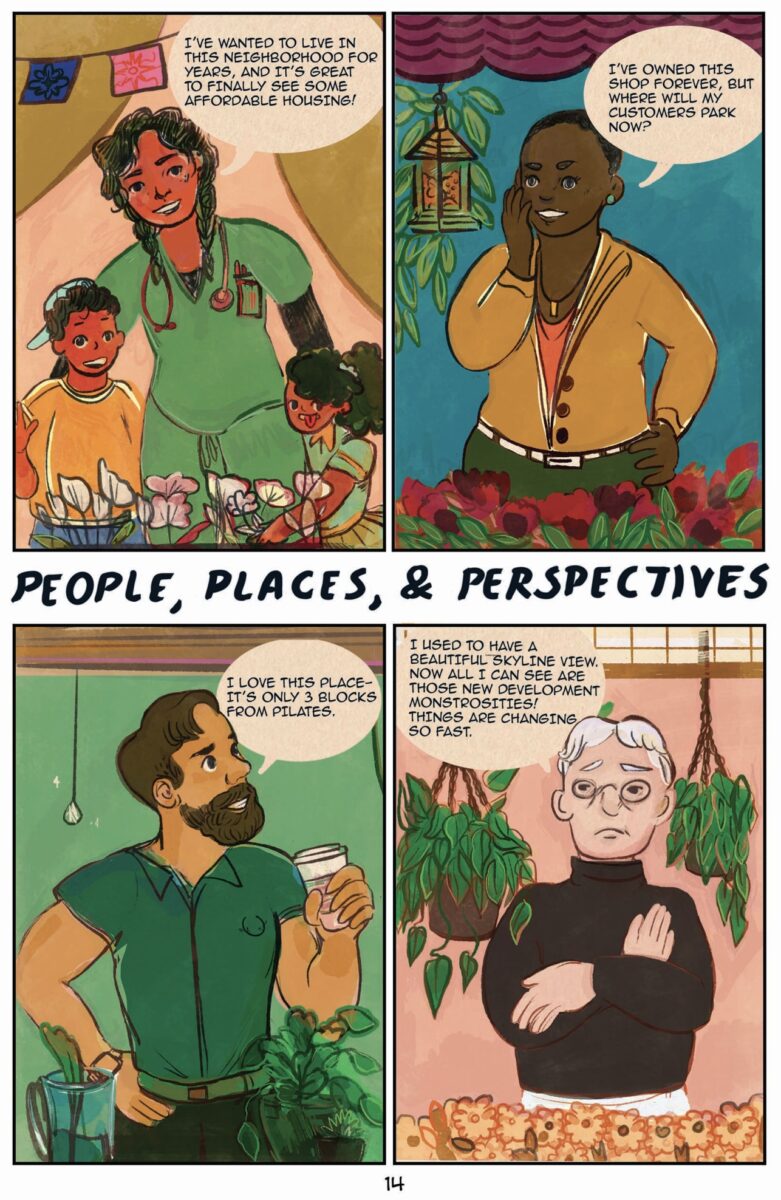
The comic provides an eye-catching and informative overview of how and why communities in the United States became so car-dependent, the impacts of such auto-centric design and what sustainable transportation planners and advocates are doing about it. It’s more detailed than you might think (just because it’s a comic doesn’t mean it’s for kids) and touches on things like: how federal manuals dictate built planning choices, the problem with one-size-fits-all land use regulations, the connection between street design and housing, parking mandates, and more.
It’s a great, entertaining primer on a topic that — while highly relevant for so many on a day-to-day basis — is often overlooked or cloaked in language that’s hard to follow and/or in books that aren’t fun to read.
“It’s in everyone’s interest for non-transportation-professionals to have a working knowledge of the conversation that’s happening around sustainable transportation options,” the NITC’s description of this project states. “When important policy questions show up on a ballot – for example, whether businesses should be required to provide a certain amount of parking spaces, or whether the state should subsidize public transit – people who aren’t in the transportation industry might not be fully aware of the tradeoffs involved in these questions.”
We concur! The more people who know about American car dependence and how it impacts their lives, the better — this subject should start making its way into popular media as much as possible.
You can read an interview with some of the people involved in this project here and then be sure to check out the comic itself, which is available as a PDF (browse or download it below) and also in print free of charge (for a limited-time only!). If you miss that window, they’re also available for purchase here.
I’ve been excited about this comic initiative since I first heard about it last summer, so I was very eager to see the finished product. I hope this will be the start of a very fruitful collaboration between transportation planners and artists for years to come.
Browse the comic book below…


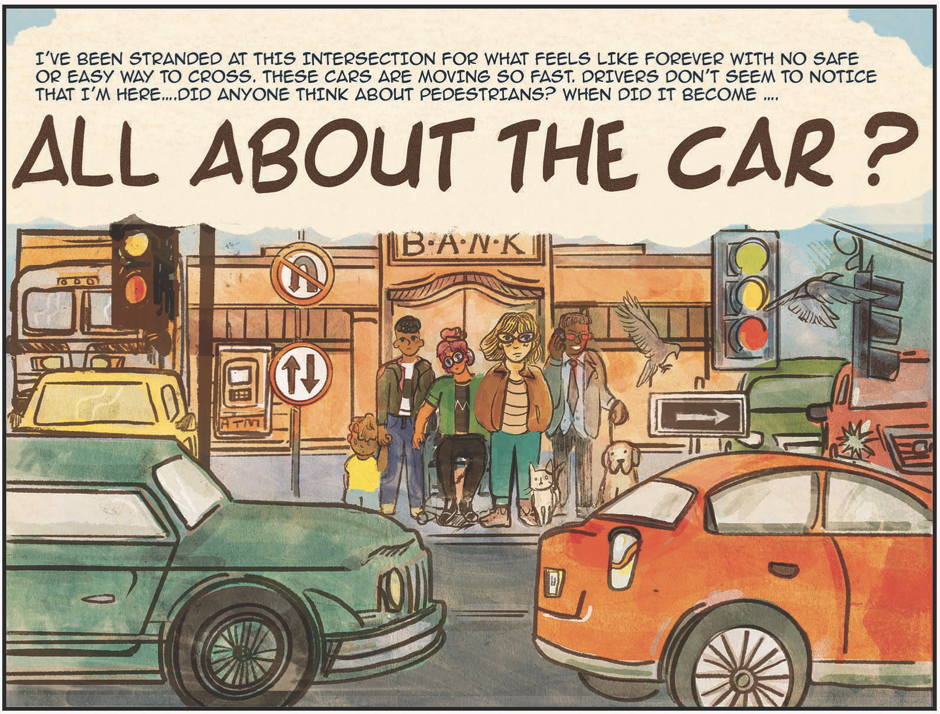
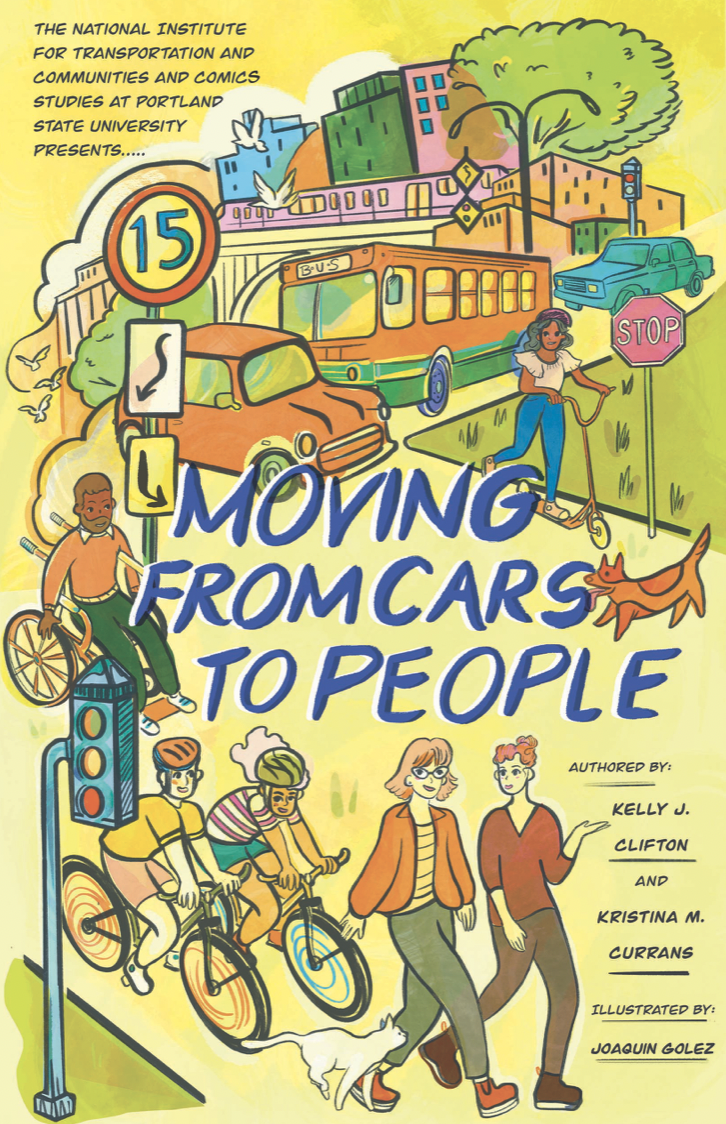
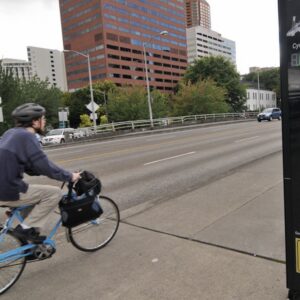

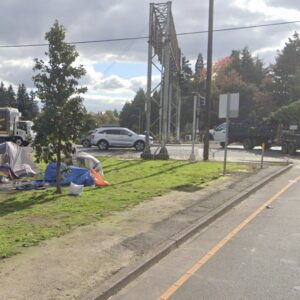

Thanks for reading.
BikePortland has served this community with independent community journalism since 2005. We rely on subscriptions from readers like you to survive. Your financial support is vital in keeping this valuable resource alive and well.
Please subscribe today to strengthen and expand our work.
Just downloaded the PDF, thanks.
There’s a lot of huge holes in the narrative, but of course you can only fit so much in so few comic pages – such as the role of very conservative banks in pushing for supersized parking lots, how a 1976 manual was somehow responsible for 1950s and 1960s car-centric developments (time travel maybe?), how many engineers pushed cars because they sincerely believed that people would be safer inside them (as passengers) than outside of them (walking) – which many engineers and planners still believe to this day – and the role of German prewar Autobahn design influenced our 1956 freeway act which then in turn influenced city suburban design. I am rather surprised how much the authors blame government for the car-centric development versus a lack of government – the free market versus government regulation – I find it very odd indeed.
You have a good point about blaming the government. You mention the 1956 freeway act and its influence, yet without that act and the billions of federal funds funneled into local government, maybe, just maybe, some of our cities would be less auto-centric. The big bike/ped versus car battle going on right now is bike/ped activists against ODOT’s federally built freeway.
Thanks for the story! It was a labor of love!
Jeez how many boogeymen does the anti-car movement need?
We’ll let you know when the needle moves.
From a graphic perspective, I love the use of loose, saturated color that varies panel by panel. Super punchy!